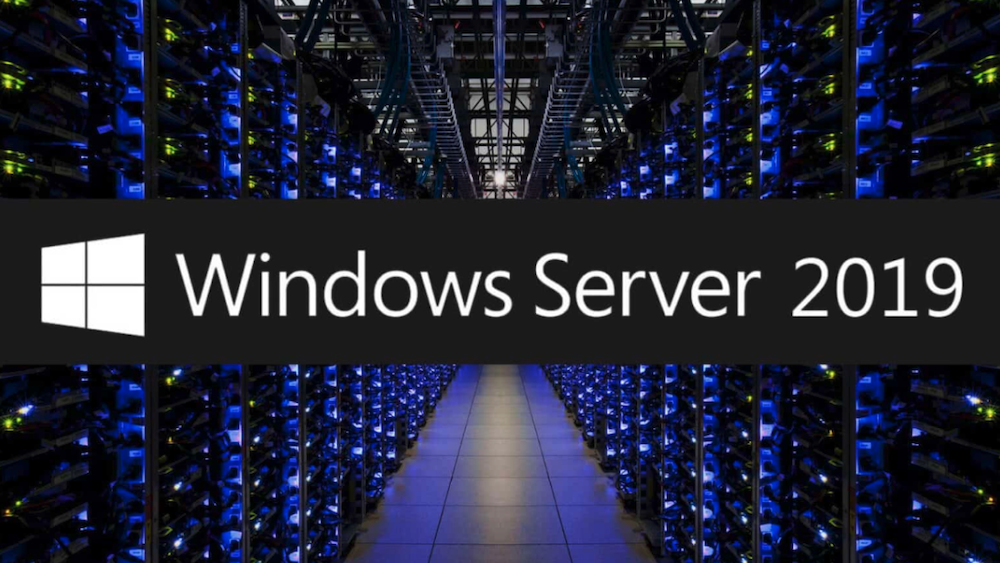In 2019, Microsoft Corporation released another iteration of its server operating system — Windows Server 2019 Standard. This solution is targeted at medium-sized companies and has garnered attention due to a plethora of enhanced features. Let’s delve into the capabilities that have made this version popular among enterprises.
Table of Contents
Security Enhancements
Security has perennially been a pivotal aspect of server operating systems. Consequently, the developers of Windows Server 2019 Standard devoted special attention to expanding existing features and implementing protection mechanisms.
In particular, this version introduced an additional component called Windows Defender Advanced Threat Protection (ATP), aimed at countering sophisticated targeted cyber-attacks. It encompasses advanced monitoring, analysis, and response functions to various system anomalies that may indicate the implementation of an attack.
By harnessing advanced machine learning algorithms, Windows Defender ATP can automatically obstruct suspicious activity and alert administrators to potential threats. This allows for swift responses to security incidents and the prevention of escalated attacks.
Another significant addition is the Windows Defender ATP Exploit Guard component, which aims to reduce the overall surface area for potential attacks by restricting access to the most vulnerable system components and services.
Exploit Guard enables the configuration of a list of monitored applications, network connections, and folders. Access to these elements will be granted only to authorized and trusted processes, significantly impeding attackers’ ability to exploit vulnerabilities and reducing the risks of malware infection.
Furthermore, the Windows Defender application control mechanism has been fortified with features to enhance protection against unauthorized changes in the system. It allows for much better control over application execution and the modifications they introduce, thereby thwarting potential threats.
Simplifying Data Migration
When upgrading infrastructure to new software versions, there is often a need to migrate data from outdated systems. To streamline this process, the Windows Server 2019 Standard includes the Storage Migration Service.
It facilitates the mass transfer of files, folders, and associated settings such as NTFS permissions and resource ownership between storage units. Migration is supported both between physical servers with Windows Server and transferring data to Azure cloud storage.
Distinctive features of this solution include:
- Ability to migrate data from previous versions of Windows Server up to Server 2003, whose support has already ended.
- Minimal impact of migration processes on infrastructure performance.
- Centralized management of multiple migrations through a unified Windows Admin Center console.
- Automatic replication of file share structures and associated security settings.
The Storage Migration Service significantly saves time for IT specialists when upgrading infrastructure and ensures data integrity during the transition to a new platform.
Performance and Scalability Growth
In addition to expanding security and management features, the Windows Server 2019 Standard includes several key technologies to enhance overall server performance and scalability.
In particular, support for Cluster Sets has been added to the OS. This allows multiple separate clusters (computational, storage, and hyper-converged) to be merged into a single infrastructure with a shared logical network fabric.
The advantages of cluster sets include:
- Flexibility in distributing workloads and resources between different clusters according to needs.
- Ensuring high fault tolerance in case of failures in individual nodes or entire clusters.
- Optimization of scalability costs through more efficient distribution of available resources.
Another important innovation is the significant expansion of Storage Spaces Direct technology capabilities, designed to create scalable SAN storage directly on server hardware.
Specifically, in Windows Server 2019, there is support for persistent memory, accelerated mirroring, as well as a range of other features to improve data storage performance and fault tolerance. This allows for effective use of Storage Spaces Direct for the needs of large enterprises and high-load applications.
Finally, it’s worth noting the introduction of a new feature in Windows Server 2019 called System Insights. It is based on machine learning technologies and allows for the analysis of various performance metrics with subsequent forecasting of workload growth and resource requirements.
This enables identifying the optimal time for infrastructure scaling in advance and avoiding potential downtimes due to insufficient computational power or storage capacity.
Thus, from the standpoint of performance and scalability, Windows Server 2019 Standard also offers several useful innovations.
Conclusion
Windows Server 2019 Standard significantly broadens the capabilities of this platform for use in the corporate sector. Enterprises gain powerful new tools in terms of security provision, infrastructure scalability, simplicity, and overall performance enhancement.
Overall, for companies operating on previous versions of Windows Server, it makes sense to consider the feasibility of transitioning to this latest release to fully utilize all its advantages. Despite certain costs associated with migration and learning the added functionality, this can significantly increase the return on investment in IT infrastructure operations. Other than that, Windows Server 2019 Standard provides a robust foundation for secure, scalable, and efficient corporate environments.


